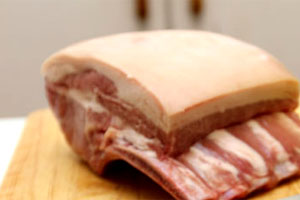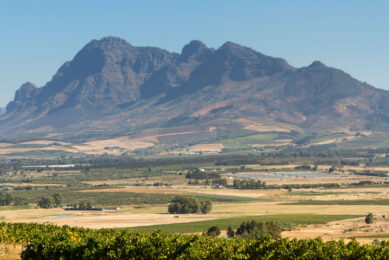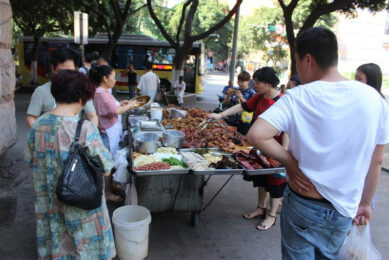Rabobank: Declining feed costs lift farmers’ margins

The global pork industry had a generally good 2013 with the Rabobank five-nation finished hog price index averaging 151, an increase of 10% on 2012 and the highest level in the last five years.
According to the Rabobank Pork Quarterly Q1 report, the price outlook for the global pork market for the remainder of Q1 and into Q2 2014 is steady. In combination with lower feed costs this will be positive for farmers’ margins, despite the unknown impact of porcine epidemic diarrhoea virus (PEDv) in the US, Canadian and Mexican markets.
“The main wildcard in the global market this quarter is the effect of PEDv outbreaks in North America and what this means to pork production in and export from this region this year”, said Rabobank analyst, Albert Vernooij. “Rabobank expects the impact in the US to be more severe than forecast by the USDA and believes it will likely hamper US pork production growth into 2014. This might also pressure US export volumes, presenting opportunities for the other exporters”.
PEDv outbreaks in Central and Northwest Mexico began around the third quarter of 2013 and in the week of January 20 2014, the first official cases of PEDv were confirmed in Canada’s main pork production region, Ontario. Given Canada’s position as the third largest exporter of pork, behind the US and EU, PEDv will limit the amount of pork available to the global trade in the next 12 to 18 months. By comparison, the Mexican pork industry remains optimistic, provided PEDv is satisfactorily controlled. This year, the Mexican government launched a new programme to increase the swine inventory through genetic improvements and improve pork meat quality to increase exports.
Elsewhere, pork imports in Japan dropped 10.9% January-November mainly due to the depreciation of the Yen while the Korean pork market has returned to the situation before the devastating swine fever outbreak, which started in April 2009. Lower imports combined with stabilising domestic production in 2H13 has supported price recovery in Korea which will likely continue in 2014 due to the 5.8% YOY drop in the sow inventory in Q3 2013.
In the EU, Rabobank expects a positive H1 in 2014. Lower feed costs and continued elevated price levels will support the recovery of farmers’ margins after the lows experienced in H1 2013. This is due to a slightly increased EU pork production supported by continually strong productivity growth, and stable to slightly higher consumption and exports. The latter might perform even better than expected if the impact of PEDv in the US is larger than currently estimated.
In the long term, the main question will be how farmers globally will react to the lower feed costs and the scale of industry expansion that will follow. In light of the margin pressure most farmers have endured in recent years, Rabobank expects global pork production growth to be measured and in line with demand. At the same time, steadily growing production in China and Russia and strengthening will limit export growth potential for traditional suppliers.











